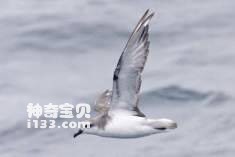
Pterodroma alba
Pterodroma alba,Phoenix Petrel
The Latin name is Pterodroma alba, and the foreign name is Phoenix Petrel. T···
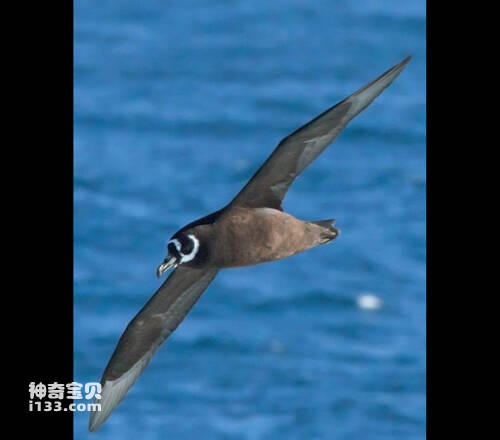
Procellaria conspicillata
Procellaria conspicillata,Spectacled Petrel
The behavior of Spectacled Petrel (Procellaria conspicillata) is unknown.Pro···
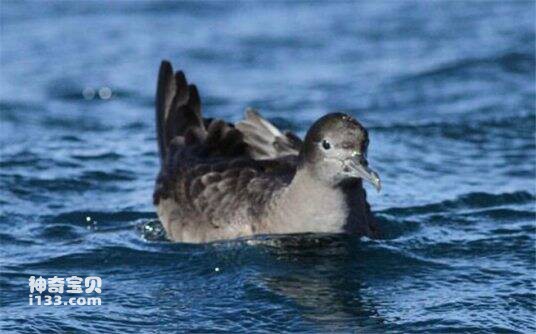
Procellaria cinerea
Procellaria cinerea,Grey Shearwater
Its scientific name is Procellaria cinerea and its foreign name is Grey Shea···
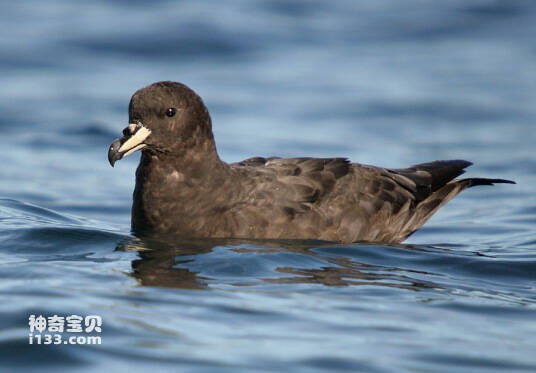
Procellaria westlandica
Procellaria westlandica,Westland Petrel
The Petrel is Procellaria westlandica and Westland Petrel.Protect wild anima···
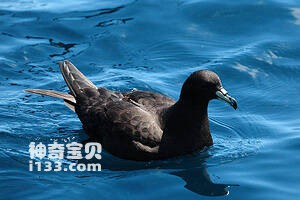
Procellaria parkinsoni
Procellaria parkinsoni,Parkinson's Petrel
Procellaria parkinsoni, Parkinson' s Petrel, whose specific habits are u···
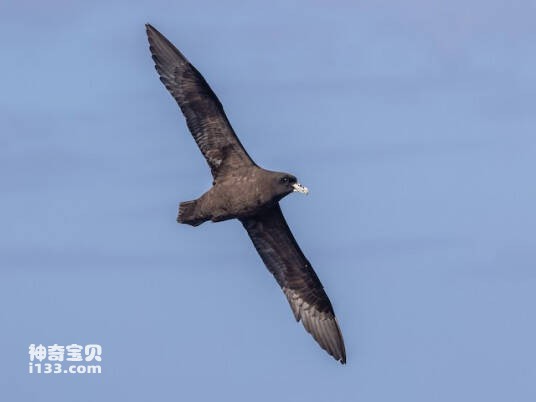
White-chinned Petrel
White-chinned Petrel,Procellaria aequinoctialis
Procellaria aequinoctialis (White-chinned Petrel, Procellaria aequinoctialis···
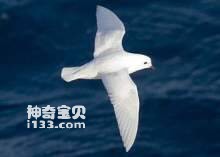
Pagodroma nivea
Pagodroma nivea,Snow Petrel
Snow Petrel (Pagodroma nivea) has two subspecies.Snow shearwaters are found ···
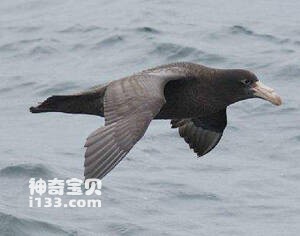
Macronectes halli
Macronectes halli,Northern Giant Petrel
Macronectes halli (Northern Giant Petrel) The giant Petrel feeds on a variet···
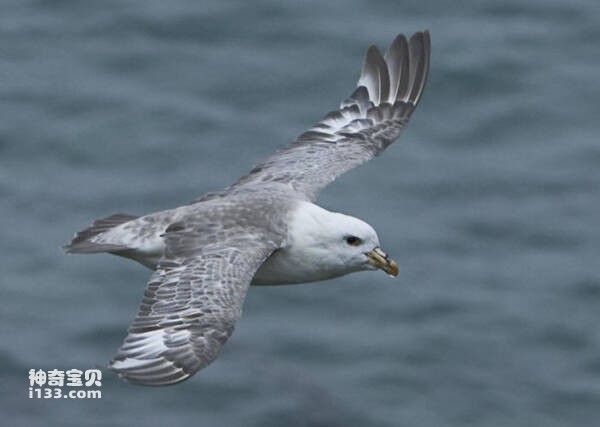
Fulmarus glacialoides
Fulmarus glacialoides,Southern Fulmar
Fulmarus glacialoides (Southern Fulmar) is a Marine bird of the genus Fulmar···

Fulmarus glacialis
Fulmarus glacialis,Northern Fulmar,Fulmar
Fulmarus glacialis (Fulmarus glacialis) is a medium-sized seabird in the fam···
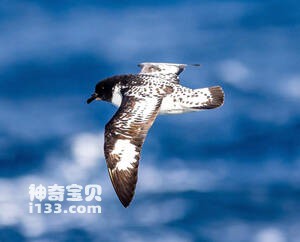
Daption capense
Daption capense
Its scientific name is Daption capense, but its specific habits are unknown.···
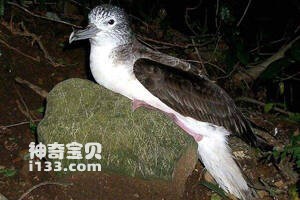
Calonectris leucomelas
Calonectris leucomelas,Streaked Shearwater
The white-fronted Shearwater (Calonectris leucomelas) is a typical Marine bi···

Calonectris diomedea
Calonectris diomedea,Scopoli's Shearwater
Mighty Shearwater (Calonectris diomedea) Scopoli' s Shearwater, no subsp···

Tachybaptus rufolavatus
Tachybaptus rufolavatus,Alaotra Grebe
Little Grebe: Tachybaptus rufolavatus, Alaotra Grebe, is not good at flying.···
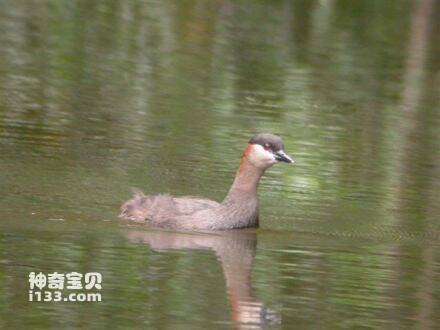
Tachybaptus pelzelnii
Tachybaptus pelzelnii,Madagascar Grebe
Tachybaptus pelzelnii, Madagascar Grebe, the little Falklands grebe is not g···
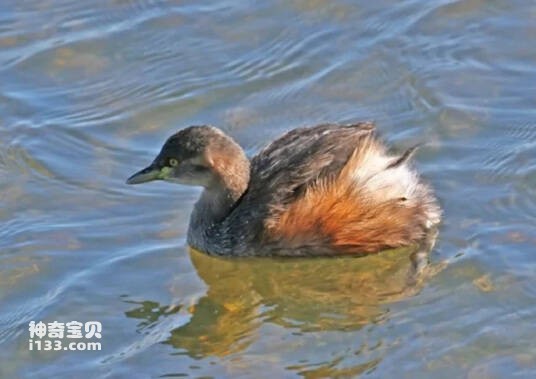
Tachybaptus novaehollandiae
Tachybaptus novaehollandiae,Australasian Grebe
The specific habits of the black-throated grebe (Tachybaptus novaehollandiae···

Tachybaptus dominicus
Tachybaptus dominicus,Least Grebe
The creta Grebe (Tachybaptus dominicus) is the smallest member of the Grebe ···
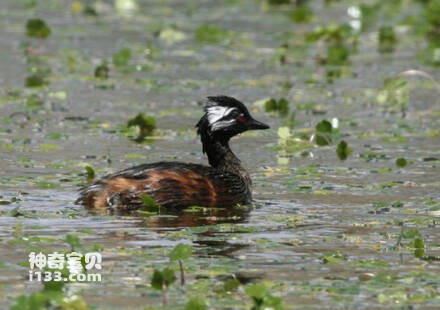
Rollandia rolland
Rollandia rolland,Podiceps rolland,White-tufted Grebe
Rollandia rolland, Podiceps rolland, or White-tufted Grebe, is a species of ···

Poliocephalus rufopectus
Poliocephalus rufopectus,New Zealand Grebe
The New Zealand Grebe, Poliocephalus rufopectus, or New Zealand grebe, is a ···
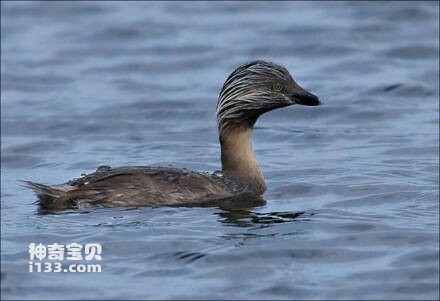
Poliocephalus poliocephalus
Poliocephalus poliocephalus,Hoary-headed Grebe
The grey-headed Grebe (Poliocephalus poliocephalus) is a member of the Grebe···

Podilymbus podiceps
Podilymbus podiceps,Pied-billed Grebe
The great Grebe (Podilymbus podiceps), known as Pied-billed Grebe, has three···
